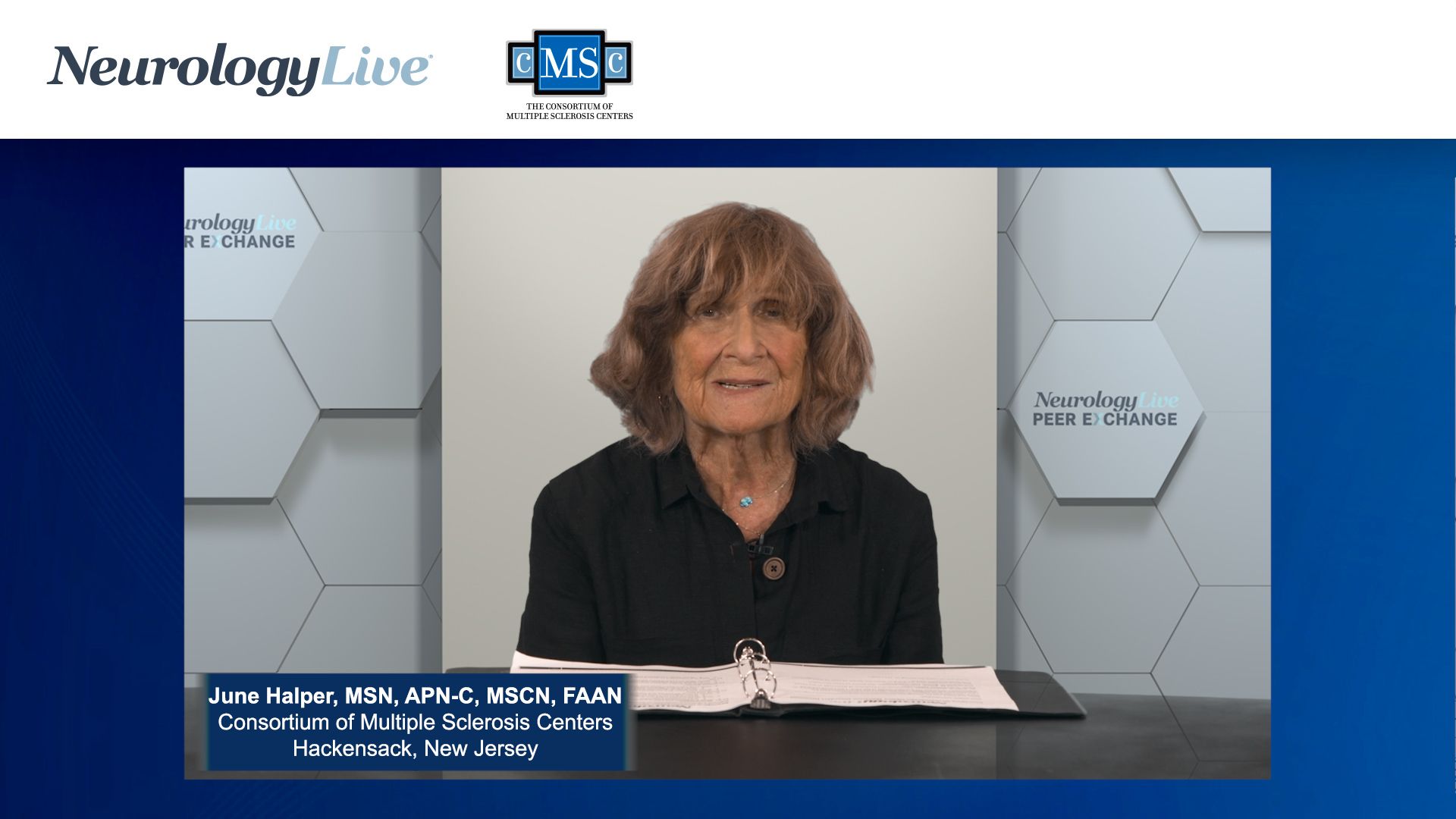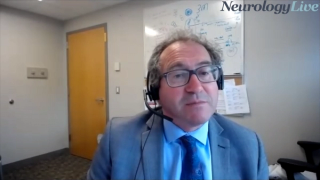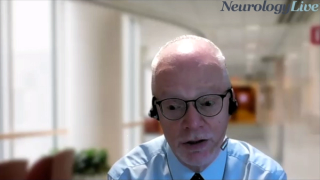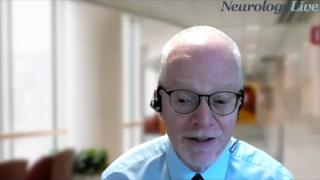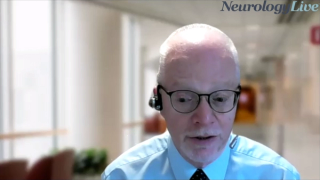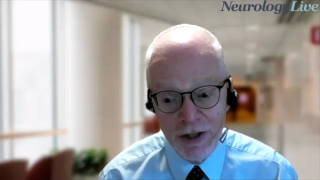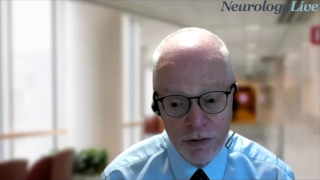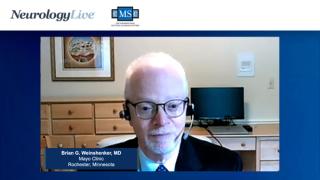
NMOSD
Latest News
Latest Videos

CME Content
More News

The findings identified Th2-related cytokines as characterizing for the prognosis of acute episodes of NMOSD at 1 month and found serum NfL to be a likely biomarker of disease severity at attack.
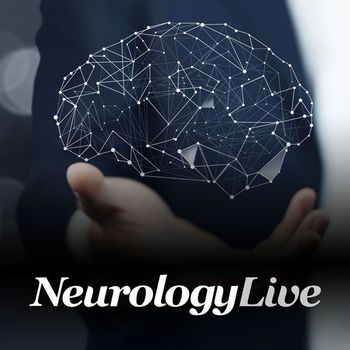
More than 80% of those with NMOSD experienced disease relapse 6 months after discontinuation of immunosuppressive therapy.
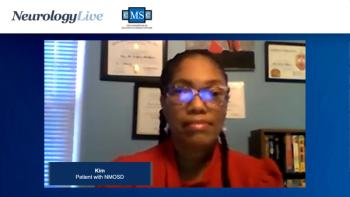
Doug and Kim, patients with neuromyelitis optica spectrum disorders, describe the types of symptoms that prompted each of them to seek an evaluation by a neurologist for an eventual diagnosis of a neuromyelitis optica spectrum disorder.
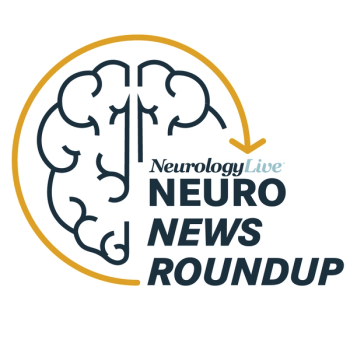
Get the latest news in neuromyelitis optica spectrum disorder, with data updates and expert insights, all in one place from the NeurologyLive team.

The registry aims to enroll approximately 800 patients with NMOSD to evaluate the efficacy of new medications and treatments.

The director of the Mayo Clinic Center for Multiple Sclerosis and Autoimmune Neurology discussed unmet needs of care for patients with neuromyelitis optica spectrum disorder.
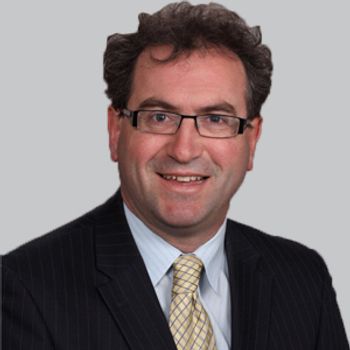
The director of Mayo Clinic Center for Multiple Sclerosis and Autoimmune Neurology provided context on challenges within the NMOSD space and what’s next following the first-approved therapies.

Bruce Cree, MD, PhD, clinical research director of the UCSF Multiple Sclerosis Center, provided context on the status of patient education efforts and clinical development for neuromyelitis optica spectrum disorder.

The neuro-ophthalmologist from UT Southwestern Medical Center provided her opinion on the state of care for patients with NMOSD and associated optic neuritis technology.

The clinical research director of the UCSF Multiple Sclerosis Center shared his perspective on the history of clinical care for neuromyelitis optica spectrum disorder in light of 3 recent FDA approvals.
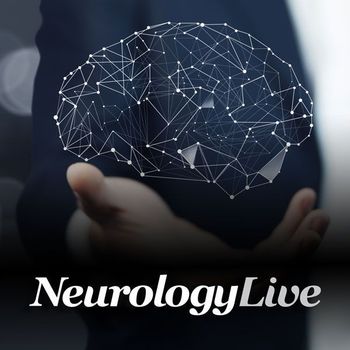
Investigators found that frequency of MOG-Ab associated NMOSD was not significantly different between Asian and Caucasian populations despite the prevalence of NMOSD in Asian regions.

Lesions in the canalicular and intracranial optic nerve, area postrema, medulla, and cervical spinal cord were prominent in patients with aquaporin-4–NMOSD.

Patients with AQP4+NMOSD with long cord lesion showed higher annualized atrophy rate of normalized grey matter volume compared with those without long cord lesion.
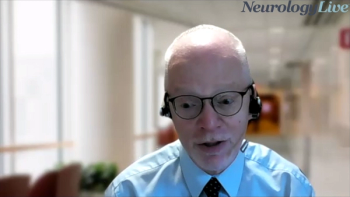
The professor of neurology at the Mayo Clinic College of Medicine detailed the strides made in recognizing NMOSD as its own disease, along with specific biomarkers that identify it.

Among independent variables including DMT group, time from COVID-19 infection, total IgG level, age, sex, obesity, and COVID-19 severity, only the anti-CD20 group was associated with decreased odds of positive serology.

Complete resolution of the index T2-lesion and resolution of all T2 lesions occurred most often in patients with MOGAD rather than AQP4-IgG-NMOSD or MS.

Investigators evaluated the occurrence of multiple sclerosis and neuromyelitis optica spectrum disorder in Australian and New Zealand Indigenous populations, comparing data with ancestral data.
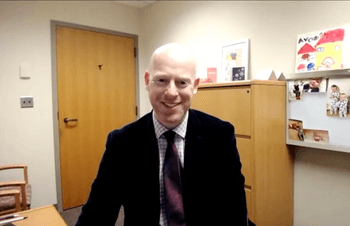
The associate professor of neurology at Mayo Clinic Rochester discusses the importance of alternative diagnoses and rarer presentations of MS, in order to avoid misdiagnoses and inappropriate treatment for patients.

These study results highlight the interest in immunosuppressive therapy taken before or during pregnancy and to reduce the risk of relapse during pregnancy and 1 year postpartum.

Serum GFAP levels showed consistent correlations with disease activity and the largest area under the ROC curve to differentiate attacks from remissions in individuals with NMOSD.
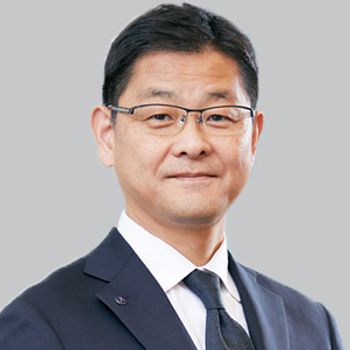
The basis for the approval was data from the phase 3 SAkuraSky and SAkuraStar studies, which combined included more than 170 patients who were treated with either satralizumab or placebo.

NeuroMetrix will be evaluating the effectiveness of the transcutaneous electrical nerve stimulation platform in pain relief for patients with neuromyelitis optica spectrum disorder.

Although existing research has shown structural differences between multiple sclerosis and neuromyelitis optica spectrum disorder in following optic neuritis, the new report also covers non–optic neuritis eyes.

The clinical research director at the UCSF Multiple Sclerosis Center shared some of the takeaways from his research for the clinical community of specialists treating patients with NMOSD.

NMOSD is associated with elevated levels of the pleiotropic cytokine interleukin-6, making the cytokine an apt therapeutic target.

